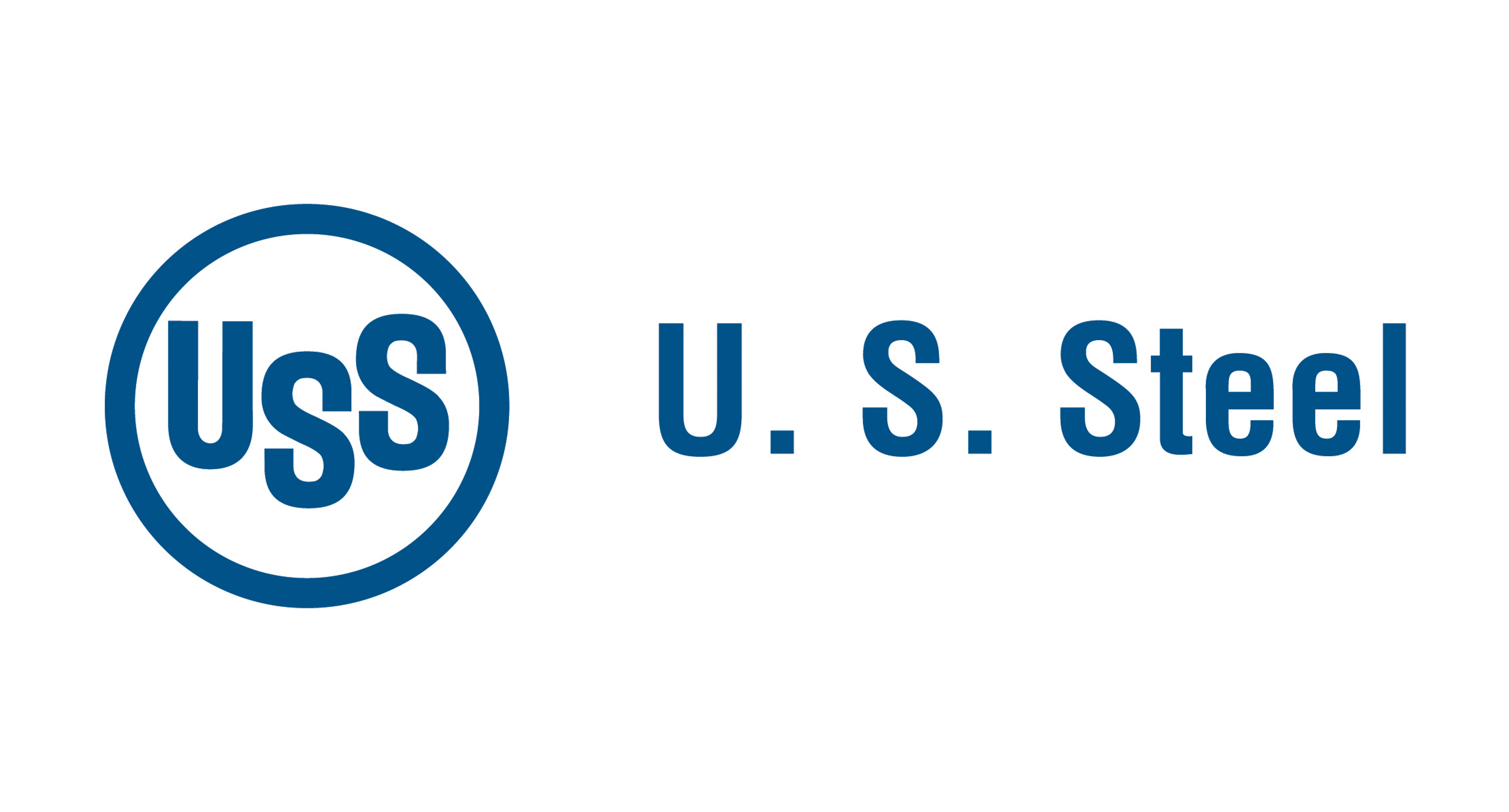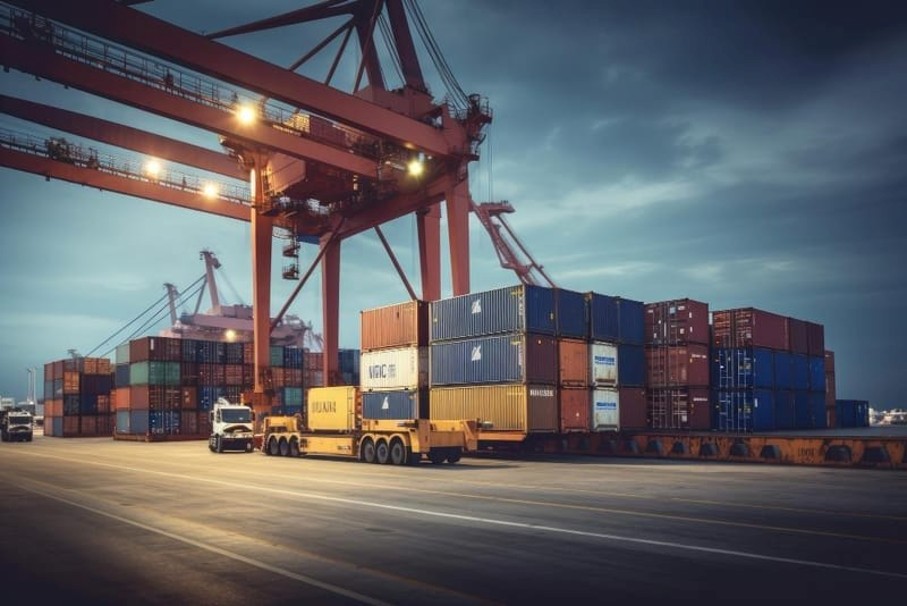Government/Policy

July 15, 2018
Leibowitz on Trade: Has the World Taken Advantage of the U.S.?
Written by Tim Triplett
Lewis Leibowitz, trade attorney and contributor to Steel Market Update, offers the following commentary on the latest developments in Washington:
I spoke with a good friend over the weekend about the Trump tariff policy. So far, we have tariffs against all countries on steel and aluminum (with very few exceptions), and China-specific tariffs on $34 billion worth of imports, $16 billion coming soon and possibly another $200 billion right after that.
My friend, a Trump supporter, remarked that the United States has been getting taken advantage of for years, and it’s time someone did something about it.
This is a serious issue, because there are lots of people around the country who have that opinion. It’s time we explored it carefully. Three questions are at the center of this argument:
- Has the United States been taken advantage of for years and, if so, how?
- Are the tariffs in effect and contemplated likely to change the situation in a way that makes for a fairer international trading system?
- What could the U.S. do to solve the problems?
1. The United States has not been taken advantage of. In fact, those who made trade policy believed, with good reason, that they were acting in the interests of the United States as a whole.
Any policy, even a sound one, will put some people in a worse position. Our trade policy since the Uruguay Round (which resulted in the WTO agreements in 1994) negotiated a reduction in barriers worldwide, allowing each country to decide which industries to defend. Some countries chose to defend yesterday’s industries, while others chose to exploit opportunities for tomorrow’s industries. The United States did a little of each, joining most countries in reducing steel product tariffs to zero, but preserving the core principles of antidumping and countervailing duties to protect domestic steel producers. The U.S. also preserved high tariffs on textiles, apparel and footwear, and kept protective tariffs and quotas on sugar and sugar-containing products. We eliminated serious “inverted duties” in the automotive sector, too. Before the Uruguay Round agreements, engines and transmissions were subject to higher U.S. duties than finished vehicles, which created an incentive to import cars rather than parts into the United States. The U.S. used these tariff reductions to bargain for important progress on tariffs in agriculture and pharmaceuticals.
When Trump supporters complain that the U.S. reduced tariffs too quickly, they ignore the tariff reductions that were gained from other countries. Steel tariffs by 1994 were not protecting steel producers—they relied on trade cases (antidumping and countervailing duty) to protect them. And the Uruguay Round did not destroy that protection. It’s true that the U.S. agreed to language in the WTO agreements on dumping and subsidies that eventually led to the end of devices to increase these duties. That is a legitimate point to be made—but the gain was much greater than the loss. If the Trump supporters have a point, it is that we did not do more to relieve the suffering of those workers and communities who were losers, not from trade agreements but from the changing world. Technology had a lot more to do with job losses in basic manufacturing than the Uruguay Round trade agreements.
2. If the tariffs have the prospect of changing the behavior of our trading partners, it is not apparent yet. U.S. exporters will face sharply higher trade barriers in their foreign markets. And the first round of the Section 301 tariffs against China have, by the admission of the United States, not changed Chinese behavior. At present, the main effect of the tariffs if to drive export business away from the United States through retaliation and to destroy American manufacturing jobs in the process.
3. What could the U.S. do to solve the problems? There are two principal issues the Trump administration has identified—the importance of steel and aluminum to national security (and a pending investigation of auto imports affecting national security); and the Chinese practices of alleged intellectual property theft and technology transfer forced on foreign investors by the Chinese government. Because these are different problems, they will likely call for different solutions.
The national security arguments for protection of steel, aluminum and autos are extremely weak. There is no danger to national security from imports of steel products from our allies, for example. We do not fight wars by throwing steel coils at the enemy. We fight them by making weapons out of steel and other materials.
Another argument, relating to the different tariffs on autos in Europe and the United States, is also very weak. These can easily be changed by negotiation, without invoking an extremely weak national security argument. Of course, under the current world trading system, tariffs must be applied equally to all WTO members, unless there is unfair trade (dumping or subsidies) or a free-trade agreement that advantages certain countries. Suppose we agreed to a new negotiating round that led to a reduction of the European tariffs on autos from their current level of 10 percent. That would be the simplest way to address any unfairness between U.S. and European tariffs. But how unfair is it? We could reduce or eliminate the European tariffs on cars, but we would have to make our own concessions to do that. Is that what the tariffs are trying to avoid?
There are two ways to address the problems the administration has identified: (1) negotiate changes in tariffs; or (2) fix the damage to the “Rust Belt” by properly identifying the cause (technology) and ceasing to blame the world trading system. The tactic of scapegoating the global trading system may win an election or two, but will not solve any problems, because the world trading system did not cause them. If only policymakers could help those who were hurt by change, their plight would be lessened.
Leibowitz will be on hand to discuss these and other trade-related issues at this year’s SMU Steel Summit Conference Aug. 27-29 in Atlanta.
Lewis Leibowitz
The Law Office of Lewis E. Leibowitz
1400 16th Street, N.W.
Suite 350
Washington, D.C. 20036
Phone: (202) 776-1142
Fax: (202) 861-2924
Cell: (202) 250-1551






